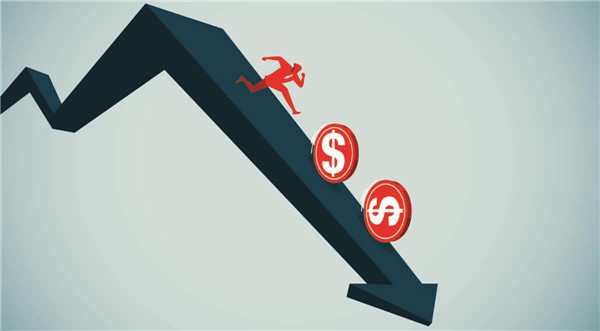Emotions and Decision Making: An Introduction
Emotions and Decision Making: An Introduction
By Prasad Ramani, CFA Posted In: Behavioral Finance, Drivers of Value, Economics, Portfolio ManagementEmotions are an essential part of what makes us human. We achieve some of our greatest accomplishments when we let our passions rule our faculties.
But when it comes to investing, emotions can be tricky. Most economic models assume a world in which humans make logical, rational decisions by weighing all the factors and evidence and reasoning out the most sensible choice. But as anyone who ever bought a car or house, ordered a triple cheeseburger, or asked someone out on a date knows, situations where we can make logical, rational, and emotion-free decisions are all but nonexistent.
As humans, our emotions influence us in ways that can determine the course of our lives. Predicting them is a bit like forecasting the weather — most times, we’re going to be reasonably right. But occasionally, a Blue Norther is going to sweep through out of nowhere and make mincemeat of our forecast.
And this is why behavioral economics, which explores how psychological, cognitive, and emotional factors influence our individual financial decision-making processes, has gained such prominence in recent times.
Emotions and Moods
To understand the science of emotions in investing, it’s important to distinguish between emotions and moods. Emotions are short bursts of mental feedback, usually elicited by a particular stimulus. Seeing an old friend, for example, can make us both happy and sad. Finding $20 in our wallet gives us a brief bout of elation. A phone call from a prospective employer induces a burst of excitement and anticipation. Moods, on the other hand, are attitudinal states that we fall into, often without realizing it, for longer periods of time. They are more generalized in nature and typically not tied to any one event.
Research over the last 20 years has shown that bad investment decisions are often associated with emotions.
Emotions and Investment Decisions
The more complex the choice and the more uncertain the subject matter, the more emotions may influence the decision, according to Joseph P. Forgas. And these emotions are often irrational, especially in investing. We can develop illogical attachments to our holdings, for example, and imbue them with “sentimental value” just like we do beloved pets or beat-up old cars. Carol S. Dweck and Ellen L. Leggett term this phenomenon “‘ego-involvement” — that is, we begin to identify with the stock or investment choice and don’t want to give it up, even if it means losing lots of money.
The somatic-marker hypothesis, formulated by the neuroscientist Antonio Damasio, helps explain the role emotions play in guiding decisions, especially when the outcome of our choices is uncertain. At its core, the somatic-marker hypothesis lays the foundation for how decision-making connects to processes in the brain that are both motivational and homeostatic. Research by Richard Taffler and David Tuckett further explored Damaso’s theory, revealing that we will often act counter to what common sense tells us because of our “psychic reality” — the singular mixture of feelings and emotions we each have based on the data we imbibe and how our brains process these inputs. Our psychic reality will often cause us to ignore reason in decision making and make our choices based on the emotions we are feeling at the time.
These emotions can be especially determinative in decisions with consequential and varied outcomes. Will we be richly rewarded, severely punished, or something in between? Save for card playing and sports betting, few activities are more uncertain on the reward-punishment spectrum than investing. No matter how much research we conduct, how many opinions we elicit, or how impressive our credentials, at the end of the day, we cannot know with certainty how our choices will play out. Will they make us rich? Or will they result in total capital loss? And since the instrument of our investing is our own or someone’s else’s hard-earned money, the differential between punishment and reward is magnified even further.

This can lead to the sort of irrational investor behavior economists focus on. And it’s this kind of irrational, emotional behavior that leads to the booms, busts, and bankruptcies that have permeated the history of the capital markets from the very beginning.
If you liked this post, don’t forget to subscribe to the Enterprising Investor.
All posts are the opinion of the author. As such, they should not be construed as investment advice, nor do the opinions expressed necessarily reflect the views of CFA Institute or the author’s employer.
Image credit: ©Getty Images/erhui1979
Continuing Education for CFA Institute Members
Select articles are eligible for continuing education (CE) credit. Record credits easily using the CFA Institute Members App, available on iOS and Android.